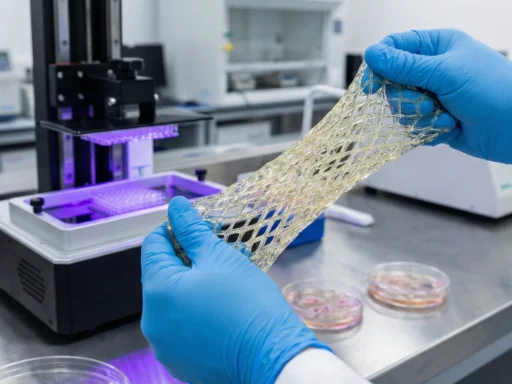NEO Semiconductor has unveiled its latest advancement in memory technology, the new 1T1C- and 3T0C-based 3D X-DRAM cell. This innovation is designed to overcome the density and scalability limitations of conventional DRAM by leveraging an IGZO (Indium Gallium Zinc Oxide) channel technology. The company reports that simulations of the new cell designs show the potential for up to 512Gb density and data retention exceeding 450 seconds, combined with fast 10-nanosecond read-and-write speeds.
Built upon a modified 3D NAND manufacturing process, the 1T1C and 3T0C 3D X-DRAM promise cost-effective, high-yield production. NEO Semiconductor states that this approach allows for a tenfold increase in density compared to traditional DRAM. “With the introduction of the 1T1C and 3T0C 3D X-DRAM, we are redefining what’s possible in memory technology,” said Andy Hsu, Founder and CEO of NEO Semiconductor. “This innovation pushes past the scaling limitations of today’s DRAM and positions NEO as a frontrunner in next-generation memory.“
Key benefits offered by the inventors include minimized refresh power thanks to the long retention times, high bandwidth achieved through unique array architectures and hybrid bonding, and suitability for demanding applications such as AI, edge computing, and in-memory processing.
The 3D X-DRAM family now encompasses three options: the 1T1C for high-density DRAM, the 3T0C optimized for current-sensing in AI and in-memory computing, and the 1T0C floating-body cell for various high-density and hybrid architectures. If you’re curious to learn more, you might want to head to Monterey, California, where NEO Semiconductor will be showcasing their innovation at the 17th IEEE International Memory Workshop from May 18th to 21st.






